Introducing a list of creatures to watch out for that devour medaka eggs. Especially, planarians and chironomid larvae consume medaka eggs at an alarming rate, so be cautious.
There are Three Types of Creatures that Prey on Medaka Eggs
To start with the conclusion, there are mainly three types of creatures that prey on medaka eggs. These three types are planarians, chironomid larvae (bloodworms), and mosquito larvae. Among these, planarians are the most voracious eaters of medaka eggs.
Adult medaka and other fish that can fit the eggs in their mouths may also eat medaka eggs, but this will not be discussed here.
Medaka eggs are quite hard, so there are surprisingly few creatures that prefer to prey on them. For instance, creatures often thought to eat medaka eggs, such as ramshorn snails and small shrimp, do not eat medaka eggs at all. In fact, they eat moldy or unfertilized eggs, so I keep shrimp and snails in my egg cases.
Planarians, which love to eat medaka eggs that other creatures do not, are truly dangerous pests, so it is important to take immediate action if you find them.
Three Creatures That Prey on Medaka Eggs
Here are three types of creatures that prey on medaka eggs.
Planarians
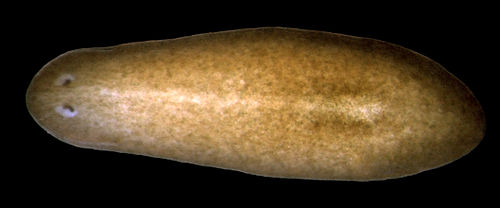
Planarians are the most troublesome pests that prey on medaka eggs. Planarians are brown, leech-like creatures that crawl around the bottom of the water. Though they do not seem aggressive, planarians are actually highly carnivorous and prefer to prey on medaka eggs.
Eggs eaten by planarians shrivel and crumble easily when touched. If you find such eggs, it is very likely that planarians are lurking nearby.
Moreover, planarians move surprisingly quickly despite their sluggish appearance and voraciously prey on medaka eggs. Additionally, their reproductive capacity is extremely high, and under certain conditions, the tank can quickly become overrun with planarians.
Chironomid Larvae
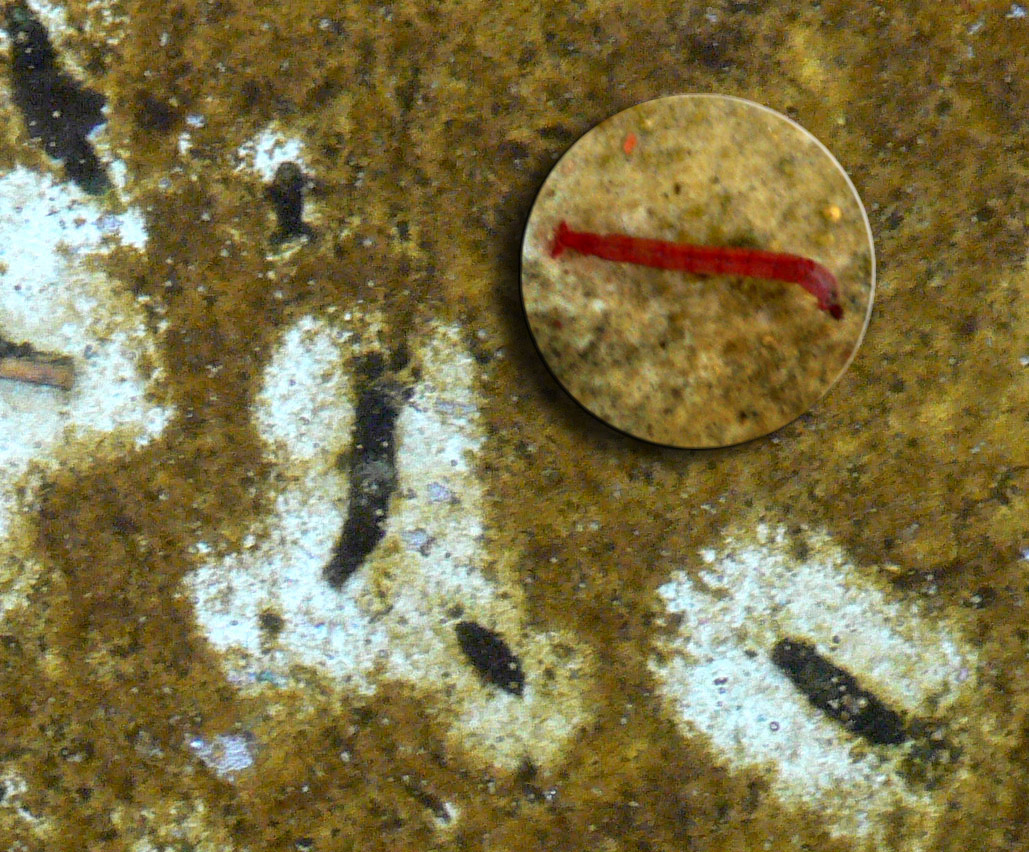
Chironomid larvae, known as bloodworms, are red, mosquito-like larvae. While not as aggressive as planarians, chironomid larvae sometimes prey on eggs that have fallen to the bottom. Additionally, chironomid larvae are difficult to eradicate as they create nests from debris at the bottom of the water, unlike regular mosquito larvae. I have also seen them attack ramshorn snails. Although their numbers are not large in tanks, they are often the cause when eggs drastically decrease in outdoor settings.
Mosquito Larvae
Mosquito larvae are also known for preying on eggs and fry. However, mosquito larvae have a short larval stage and do not actively seek out eggs, so their harmfulness is not as high. Particularly in indoor tanks, mosquito larvae rarely appear, so there should not be much concern.
How to Check for Predators in the Medaka Tank
It is often difficult to notice planarians or bloodworms in a medaka tank. These predators, except for mosquito larvae, usually lurk at the bottom of the water. They can sometimes be found by moving filters or sand. Additionally, if eggs are being devoured, these creatures are often lurking near the eggs. By carefully examining spawning beds, you may find brown caterpillar-like creatures, which are planarians. Bloodworms create burrows like bagworms, so it is good to check the bottom substrate for them.
How to Eradicate Planarians and Bloodworms that Eat Medaka Eggs
Introducing methods to eradicate pests like planarians and bloodworms that eat medaka eggs.
Remove the Bottom Substrate
First, bloodworms and planarians that prey on medaka eggs lurk in the bottom substrate. Therefore, it is important to remove the bottom substrate to eliminate their hiding places. Especially since bloodworms are difficult to eradicate with chemicals, they must be removed visually by eliminating the substrate. Even if eradication drugs are used, those hidden in the substrate cannot be eradicated, so it is recommended to remove the substrate and other hiding places.
Isolate the Eggs in a Net
If these pests invade the case containing medaka eggs, isolating the eggs in a net makes them less likely to be preyed upon. Bloodworms, in particular, cannot climb walls and live only at the bottom, so isolating them in a net prevents predation. If you include small shrimp in the net, they can eat the eggs of bloodworms and mosquito larvae. In fact, since I started placing medaka eggs in a net installed in the fry tank, the eggs have stopped decreasing, suggesting this method is quite effective.
Use Eradication Drugs
Finally, use eradication drugs to eliminate pests that eat medaka eggs. Especially for planarians, since juveniles are small and can invade the net, it is better to use drugs. I once bought medaka eggs for 10,000 yen each, isolated them in a net, and found planarians had invaded and annihilated the eggs, making me so furious that I threw the net into boiling water.
Once planarians infest a tank, it is almost impossible to remove them manually. I used a drug called Planaria ZERO. It is harmless to ramshorn snails and shrimp, and I found it very effective as it almost completely eliminated planarians.
For bloodworms and mosquito larvae, a drug called “Re-Fish” can be used for eradication. However, as long as you do not leave eggs at the bottom, this usually is not necessary.
Conclusion
The creatures that eat medaka eggs are bloodworms and planarians. Planarians, in particular, are aggressive and highly reproductive, making them very troublesome. By removing the bottom substrate and using a drug called Planaria ZERO, they can be eradicated.
“`
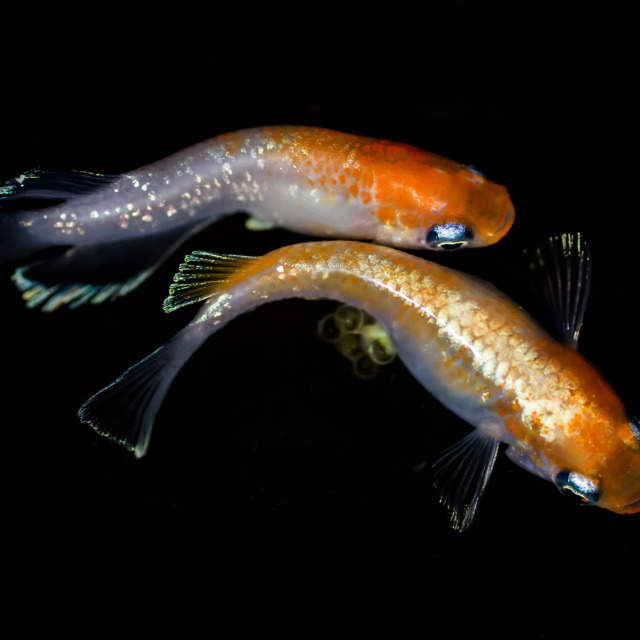

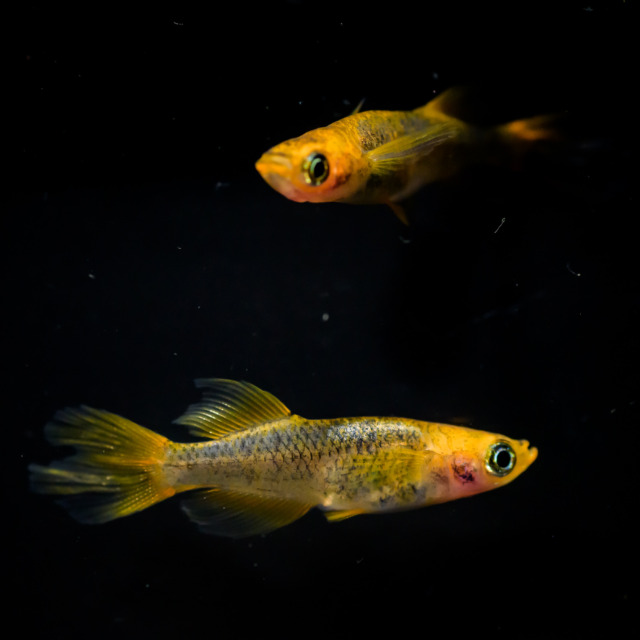

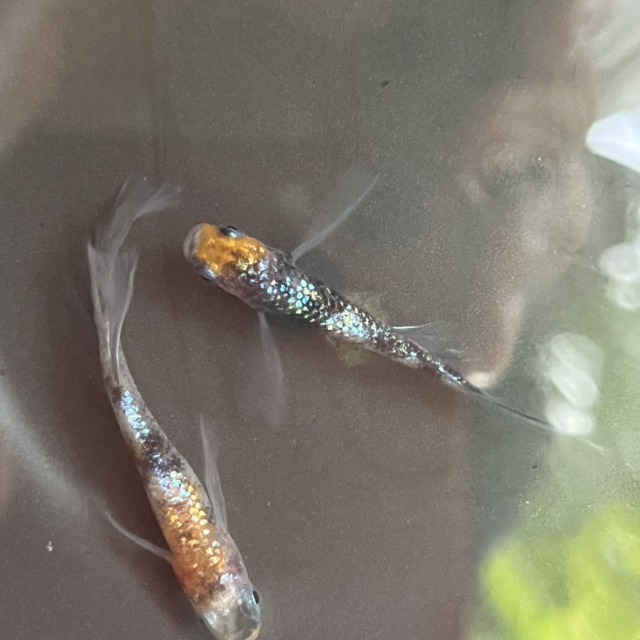
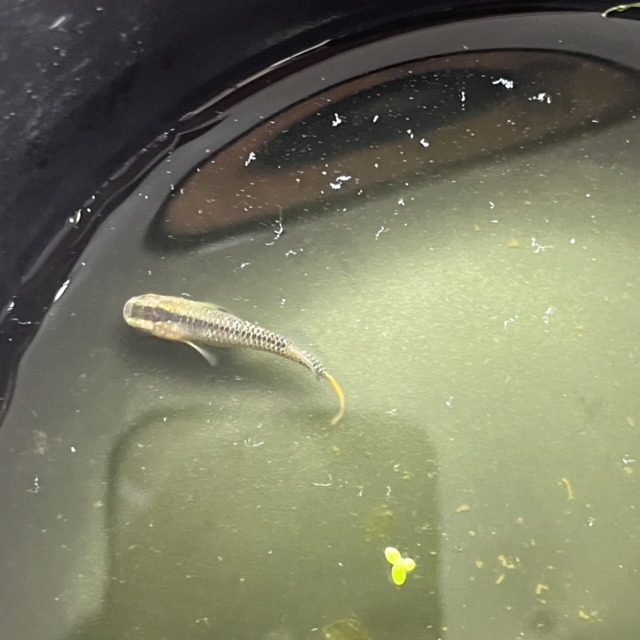
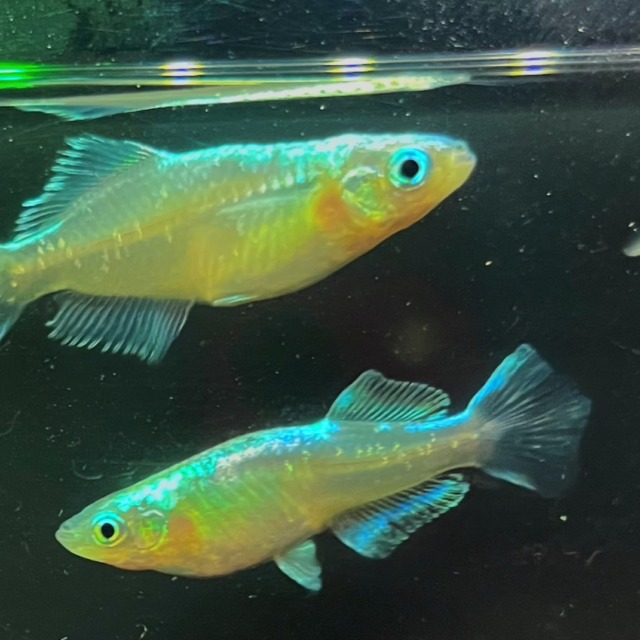
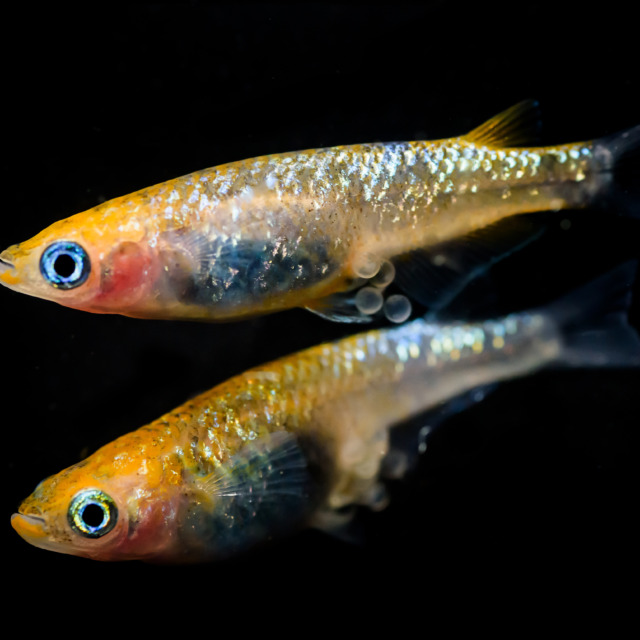




No comments yet.